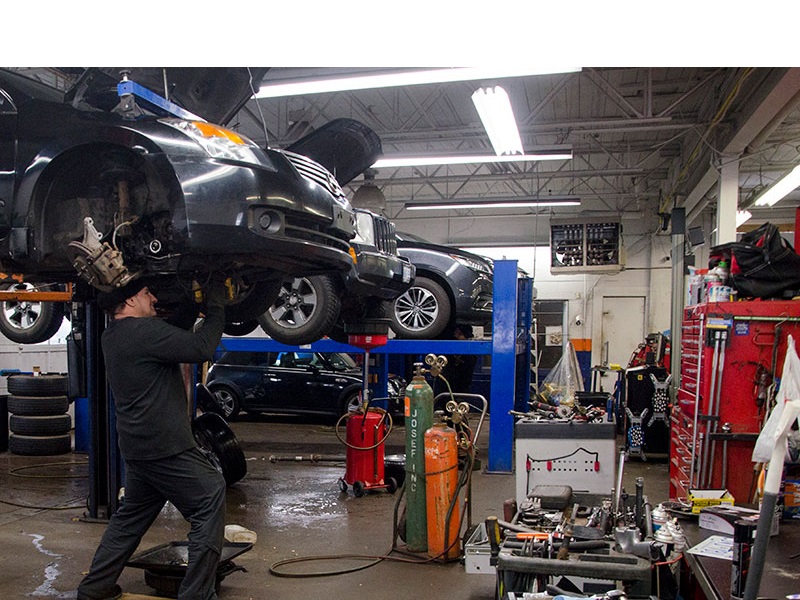In recent years, electric bikes, commonly known as e-bikes, have become increasingly popular in urban areas around the world. E-bikes are bicycles equipped with an electric motor that provides assistance when pedaling, making it easier to cover longer distances and climb hills. E-bikes are a game-changer for urban transportation, and their impact is already being felt in many cities.

Benefits of E-Bikes
E-bikes have several advantages over traditional bicycles and cars when it comes to urban transportation. Here are some of the most significant benefits:
- Convenience: E-bikes allow riders to cover longer distances with less effort, making them a great option for commuting or running errands.
- Affordability: E-bikes are generally cheaper than cars, and they require less maintenance than traditional bicycles.
- Sustainability: E-bikes are eco-friendly, producing zero emissions and requiring less energy to operate than cars.
- Health: While e-bikes provide electric assistance, riders still have to pedal, which provides a low-impact workout and helps improve cardiovascular health.
Impact on Urban Transportation
E-bikes are changing the way people get around in cities. Here are some of the most significant impacts:
- Reduced Traffic: E-bikes take up less space than cars, reducing congestion on roads and in parking lots.
- Increased Accessibility: E-bikes are a great option for people who may not be able to ride traditional bicycles, such as older adults or those with mobility issues.
- Improved Air Quality: E-bikes produce zero emissions, helping to reduce air pollution in urban areas.
- Reduced Carbon Footprint: E-bikes require less energy to operate than cars, making them a more sustainable option for transportation.
Challenges and Solutions
While e-bikes offer many benefits, there are also some challenges that need to be addressed to maximize their impact on urban transportation. Here are a few of the most significant challenges and potential solutions:
- Safety: E-bikes are faster than traditional bicycles, and riders may not have as much experience or training. To address this, cities can invest in bike lanes and safety education programs for e-bike riders.
- Infrastructure: E-bikes require charging stations, which may not be as readily available as gas stations for cars. Cities can invest in charging infrastructure to make e-bikes more accessible.
- Regulations: E-bikes may not be subject to the same regulations as traditional bicycles or cars, which can lead to confusion and safety concerns. Cities can work to establish clear regulations for e-bikes to ensure their safe and legal operation.
E-bikes are a promising solution to many of the challenges facing urban transportation. With their affordability, convenience, and sustainability, e-bikes are a great option for commuters and city dwellers alike. While there are some challenges to be addressed, the rise of e-bikes is a positive trend for the future of urban transportation.















